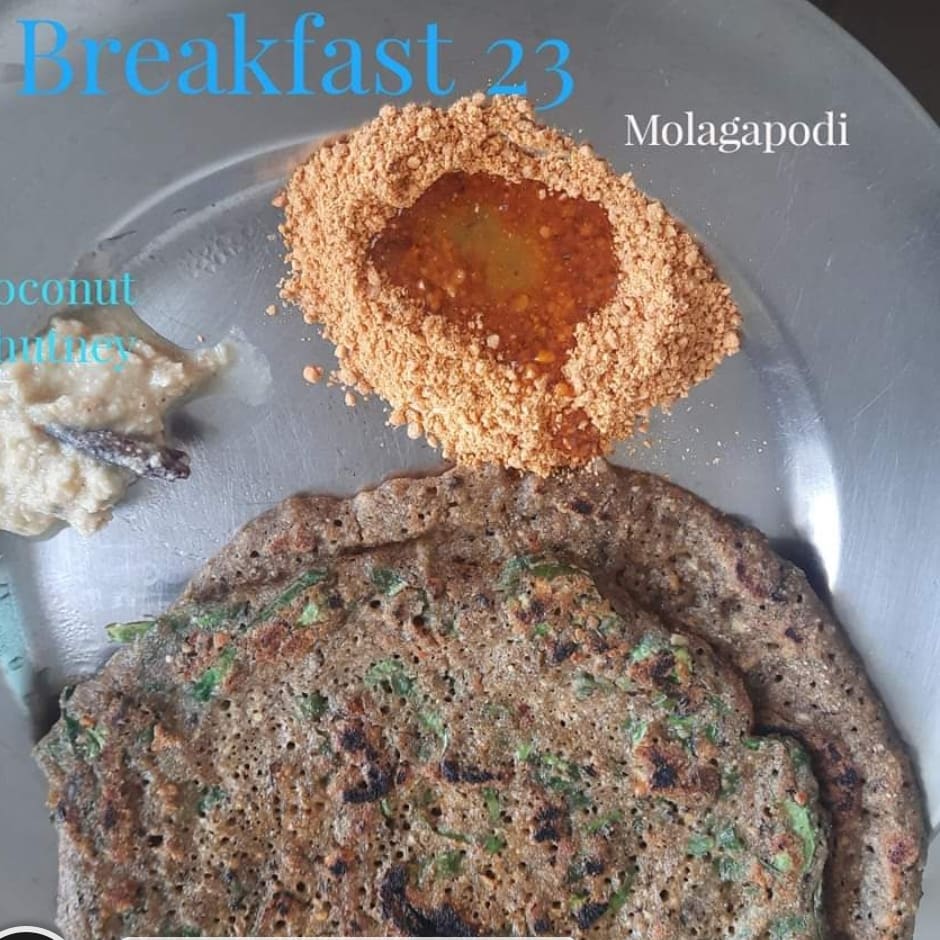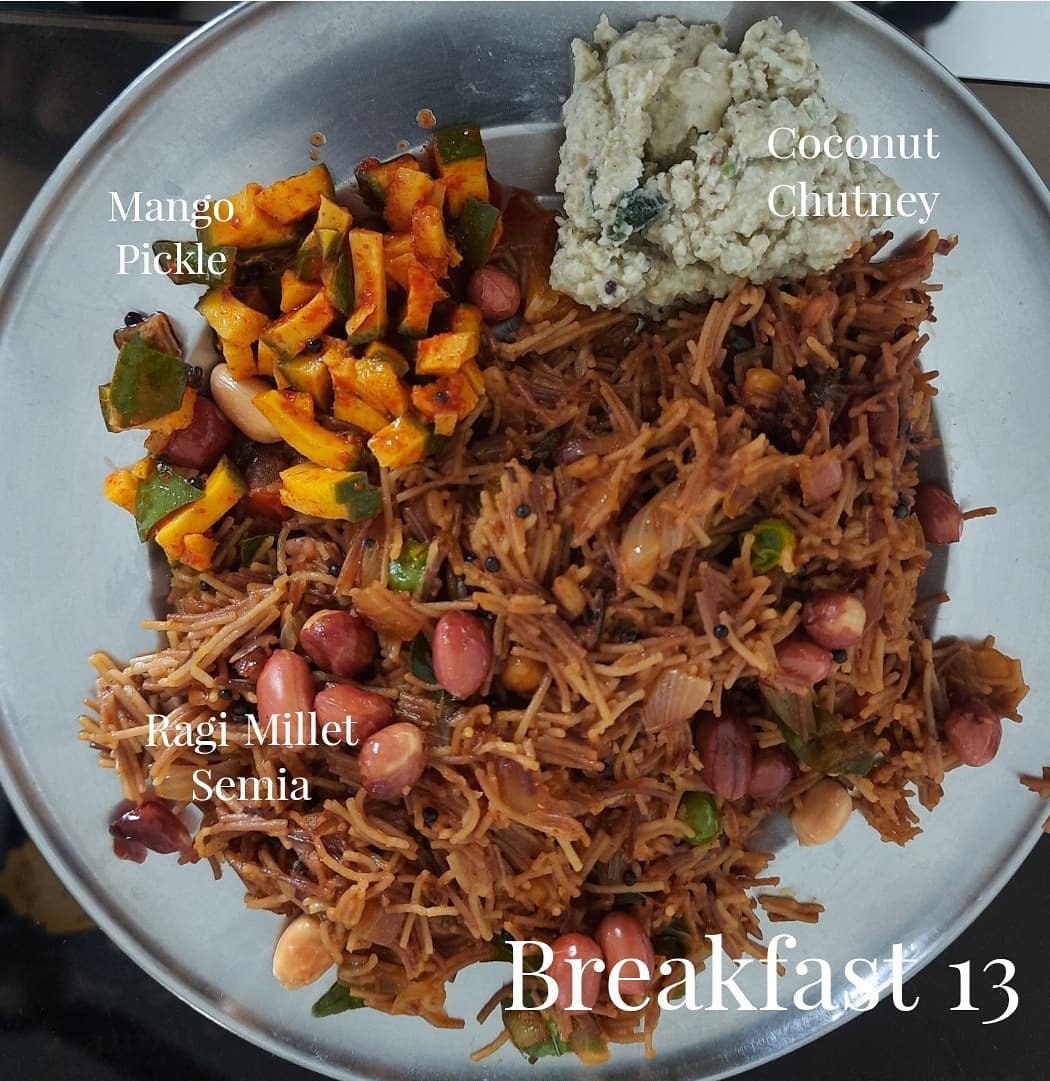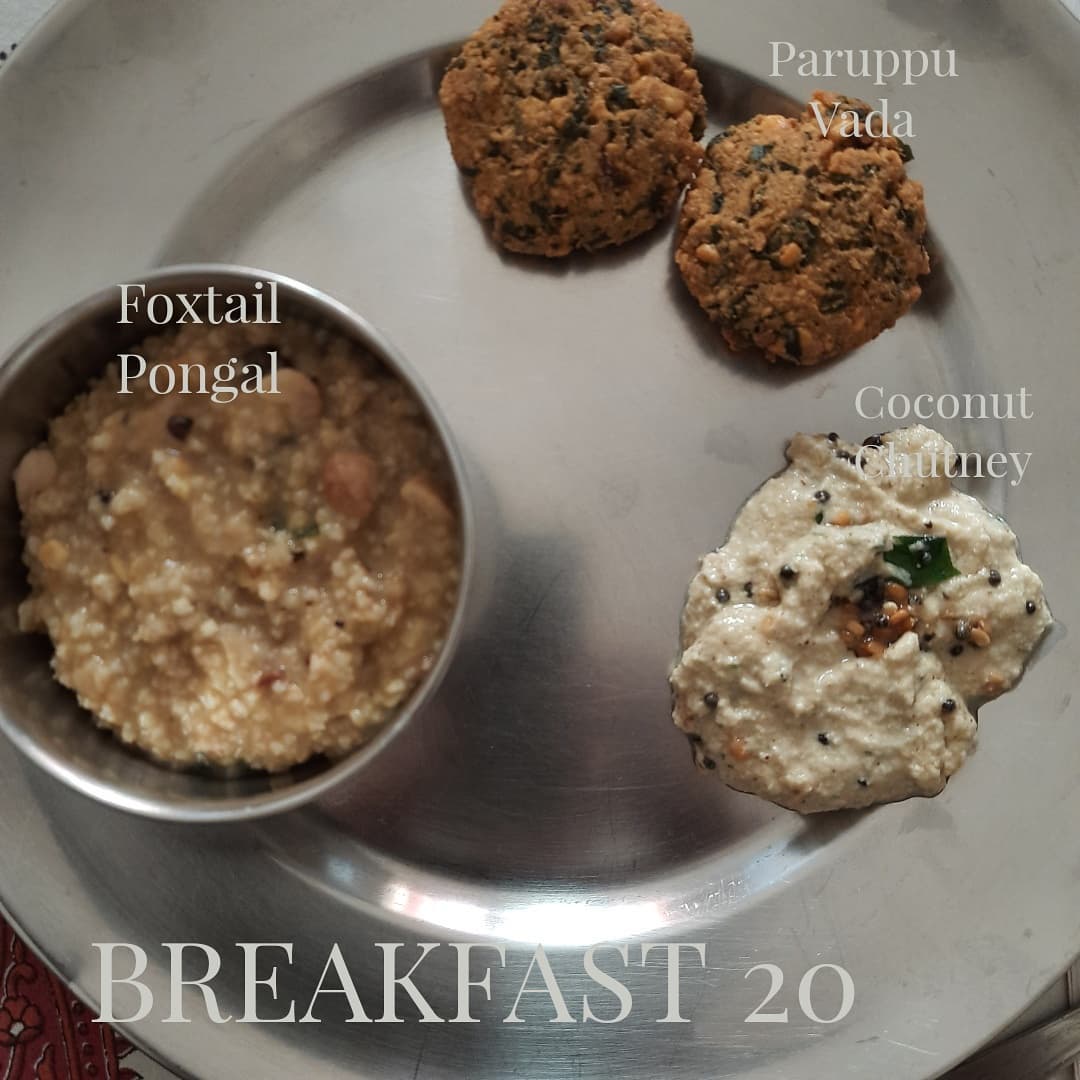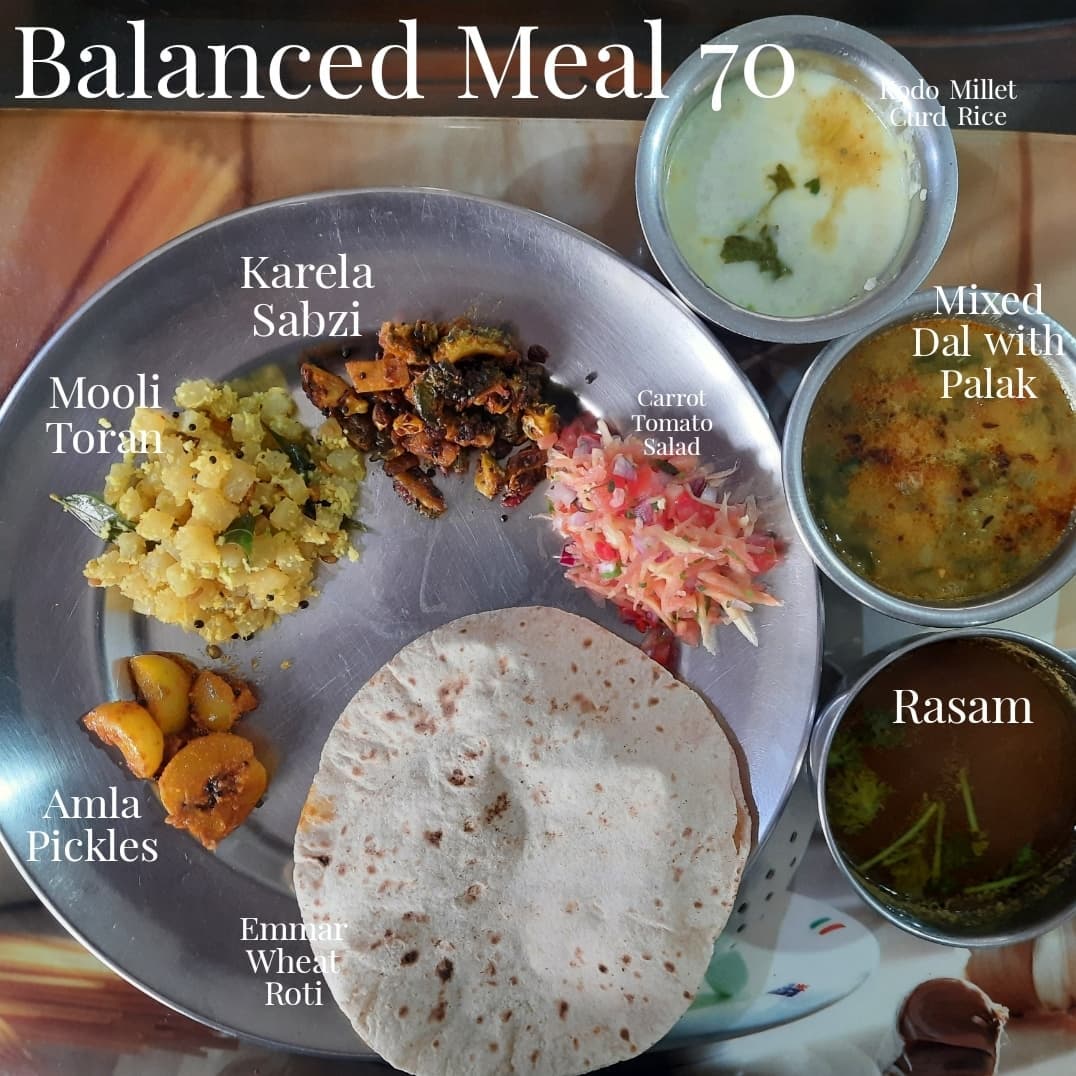When Lata Ramaswamy was 35, she was diagnosed with borderline diabetes. However, it wasn’t until she turned 59 that she experienced just how severe the disease can be.
When she woke up one morning, she found that her right retina had been affected and that she could barely see towards her right side without turning her face.
Disturbed by the sheer suddenness of the development, Lata, a teacher in Gurugram, says she decided to modify her diet habits to regain control before things got worse.
For nearly three months, the 67-year-old experimented with different millet recipes and says she witnessed a drop in her sugar levels. Moreover, her energy levels increased, she lost 14 kilos, and her blood pressure (BP) came under control.
Lata says she implemented the plan in 2019, and kept her family doctor in the loop regarding her dietary plans throughout.
The Better India speaks to Lata to decode how millets other than ragi and bajra played a role in controlling her sugar levels, and what other measures she took along the way that made her journey easier.
‘Why I chose millets’

Among all the body parts that can be affected due to diabetes, the retina is the only one which cannot be fixed — the damage is irreversible. So one can imagine the plight of Lata, who tutors students in Maths and Physics.
“I was distraught, but at the same time, resolute to not let diabetes affect my other organs. I spent several months finding the right diet plans, medicines and lifestyle habits for me on forums, and in books, YouTube videos and podcasts. I was lured to try everything — all sorts of transformation plans that promised results in seven days, or three months. But none of them said how sustainable they were in the long term,” recalls Lata.
Finally she found a lead via Dr Khadar Valli, also known as ‘Millet Man of India’. His daughter, also a doctor, was taking a workshop in Gurugram on dietary requirements for a diabetic patient.
“In the workshop, I learnt that one does not transform their lifestyle to control sugar. Meanwhile, being a consumer with so many choices, I feared that millets would restrict my food options. The doctor said millets can be a substitute for rice and wheat or maida flour. I had already cut down brown sugar and oil so I didn’t want to make more compromises. Millets proved to be life changing,” says Lata.

Millets have low glycemic index (GI) because of their high fibre content. This means they will not cause sudden spikes in blood sugar levels.
Besides, raga, bajra and ragi, she added other five positive millets.
5 ‘Positive Millets’
Lata experimented with several food dishes like dosa, roti, rice, idli to pongal by incorporating millets such as:
- Foxtail: It is packed with dietary fibre, protein, healthy micros (vitamin and minerals) and is low in fat.
- Little: It is a good source for phosphorus, magnesium and vitamin B3 (niacin)
- Barnyard millets: Is low in calories, GI, gluten-free and rich in iron.
- Kodo: It is rich in phytochemicals, phytates and protein.
- Browntop. It is rich in fibre, iron, calcium, potassium, magnesium and minerals.
While the taste and texture changed, she continued with the millet diet.
Lata says that within a week, her sugar levels came down from 190 to 170, and over a period it came under control to 120. Seeing the improvement, her diabetic husband adopted the same plan.
The couple completely eliminated rice, wheat and maida from their kitchen.
“Millet is a versatile grain and easily accessible. I soak it overnight for eight hours and consume not more than 25 grams per meal. I add a lot of veggies for a balanced meal,” Lata says.
Her sugar levels today are under control and she no longer feels numbness on her fingers, she says. “My sugar levels are always healthy post meals which is an indication that millet is working.”
Amma’s Miracle Millets

Surprised and overwhelmed by the improvement, Lata started documenting her diet plans on her Facebook page ‘Amma’s Miracle Millets’ to spread awareness. Since December 2020, Lata has shared her diet plans with close to 700 people.
“A 55-year-old lady was borderline diabetic when she switched to millet, inspired by my journey. Four months later, she was diabetic free. While I cannot disclose names due to anonymity clauses, several people have given positive feedback,” says Lata.

She is also selling different millet-based items like dosa batter, poha, soaked millets, flour, millet rava and so on. Lata is only supplying the food items in Gurugram and Delhi.
Please note: Lata’s diet plans are not medically approved. Seek medical advice before changing dietary habits.
You can follow Lata here.
No comments:
Post a Comment